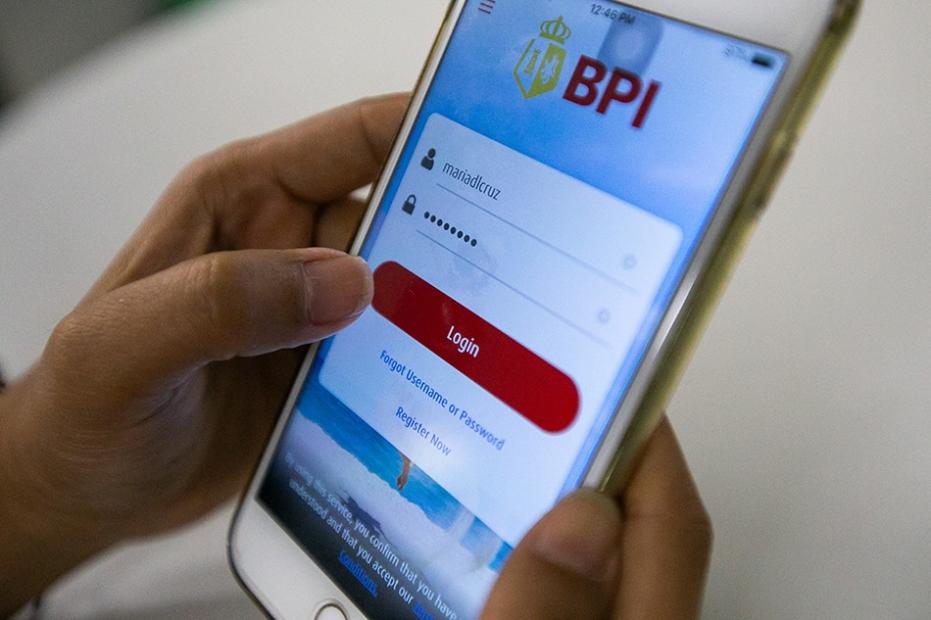What Factors Influence the Cost of International Money Transfers?
Sending money abroad can be a convenient and necessary service, but it's important to understand the factors that influence the cost of international money transfers. This article aims to inform readers about these factors and help them make informed decisions when sending money internationally.

Exchange Rates
Exchange rates play a significant role in determining the cost of international money transfers. When you send money from one currency to another, the exchange rate determines how much of the recipient's currency you will receive. Currency fluctuations can have a substantial impact on the value of the transferred amount.
- For example, if the exchange rate between the US dollar and the euro is 1 USD = 0.90 EUR, sending $100 will result in the recipient receiving 90 EUR.
- If the exchange rate changes to 1 USD = 0.85 EUR, the same $100 will only yield 85 EUR, resulting in a loss of value for the sender.
Transfer Fees
Banks and money transfer providers charge various types of fees for international money transfers. These fees can vary depending on the amount being transferred, the destination country, and the chosen transfer method.
- Fixed Fees: Some providers charge a fixed fee for each transfer, regardless of the amount or destination.
- Percentage Fees: Other providers charge a percentage of the transfer amount as a fee. This fee can vary depending on the destination country and the provider's rates.
- Flat Fees: Flat fees are a combination of fixed and percentage fees. They typically include a base fee plus a small percentage of the transfer amount.
It's important to compare the fees charged by different providers to find the most cost-effective option for your transfer.
Transfer Method
There are several methods available for sending money internationally, each with its own advantages and disadvantages in terms of cost, speed, and security.
- Bank Transfers: Bank transfers are typically the most secure method, but they can also be slow and expensive, especially for international transfers.
- Money Transfer Companies: Money transfer companies like Western Union and MoneyGram offer fast and convenient transfers, but their fees can be higher than bank transfers.
- Online Platforms: Online platforms like PayPal and TransferWise offer competitive exchange rates and low fees, but they may have limitations on the countries they serve and the amounts that can be transferred.
The choice of transfer method should be based on your specific needs and preferences.
Transfer Amount
The amount of money you are transferring can also impact the overall cost. Larger transfers may incur higher fees or better exchange rates compared to smaller transfers.
- Some providers offer tiered fees, where the fee percentage decreases as the transfer amount increases.
- Larger transfers may also qualify for better exchange rates, as providers may offer more favorable rates for larger transactions.
It's worth considering the transfer amount when choosing a provider and transfer method.
Destination Country
The destination country can also influence the cost of international money transfers. Factors such as local regulations, banking infrastructure, and economic conditions can affect transfer costs.
- Some countries have strict regulations on international money transfers, which can result in higher fees or longer processing times.
- Countries with less developed banking infrastructure may have limited options for receiving international transfers, which can also lead to higher costs.
- Economic conditions in the destination country can also impact transfer costs. For example, countries with high inflation rates may have higher exchange rate volatility, which can increase the cost of transfers.
It's important to research the specific conditions in the destination country before sending money.
Timing Of Transfer
The timing of a transfer can also impact the cost. Market conditions, currency fluctuations, and holiday periods can affect exchange rates and fees.
- Sending money during market hours typically results in better exchange rates than sending during off-hours.
- Currency fluctuations can also affect the cost of transfers. It's worth monitoring currency trends to find the most favorable exchange rates.
- Holiday periods can also lead to higher fees or longer processing times, as banks and money transfer providers may have reduced staff or operating hours.
Choosing the best time to send money internationally can help you save money and ensure a smooth transfer.
Several factors influence the cost of international money transfers, including exchange rates, transfer fees, transfer method, transfer amount, destination country, and timing of transfer. By understanding these factors and comparing different providers and transfer methods, you can make informed decisions and choose the most cost-effective option for your international money transfers.
YesNo

Leave a Reply